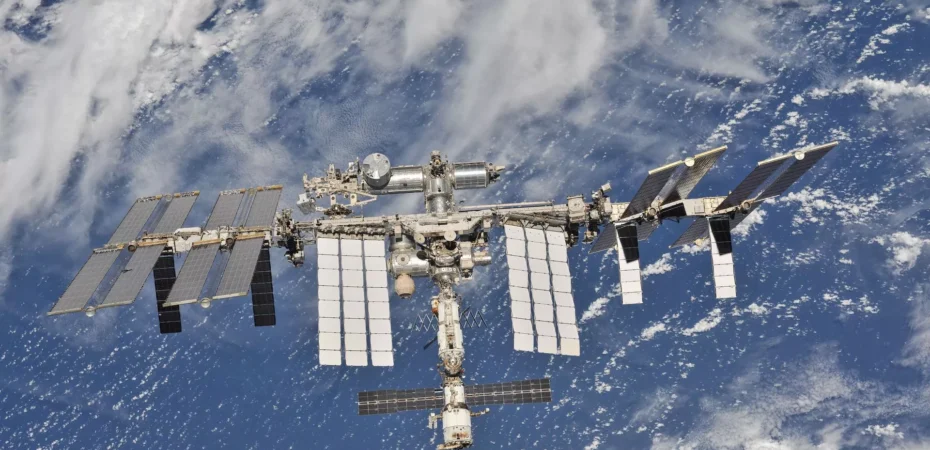Yesterday the ISS team had to fire the thrusters on a Russian cargo ship attached to the ISS, Progress 81 to avoid collision with debris. The Pre-Determined Avoidance Maneuver (PDAM) was performed out of caution to ensure enough space was available between the ISS and the debris.
This debris was from a test Russia performed last year on November 15th when they launched a direct ascent anti-satellite missile at a satellite that was decommissioned in the 1980’s. The ISS had to make a similar maneuver in June to avoid debris from the same test.
The first concern this brings up is that there are a lot of decommissioned satellites in orbit. This number is going to grow exponentially since the number of launches has grown exponentially in the last few years. Launching missiles into any number of these space vehicles would create more debris that could destroy any number of satellites, causing more debris. This process could be calculated to destroy space domain awareness satellites, seriously hurting our national security.
Last month, the FCC announced they are adopting a new rule that shortens the amount of time allowed to dispose of a decommissioned satellite from 25 years to five years. This change came after they released a fact sheet saying there were over 4,800 satellites in orbit around the earth at this time. With launches increasing so much, the risk of collision is going up. This applies to any satellites in LEO orbit or passing through LEO orbit operated by the United States or other countries wishing to operate within US markets. However, NASA estimates this will only eliminate 10% of debris over the next 200 years.
References:
https://www.space.com/international-space-station-dodges-russian-space-debris
https://www.pcmag.com/news/fcc-proposes-five-year-rule-for-disposing-of-old-satellites
